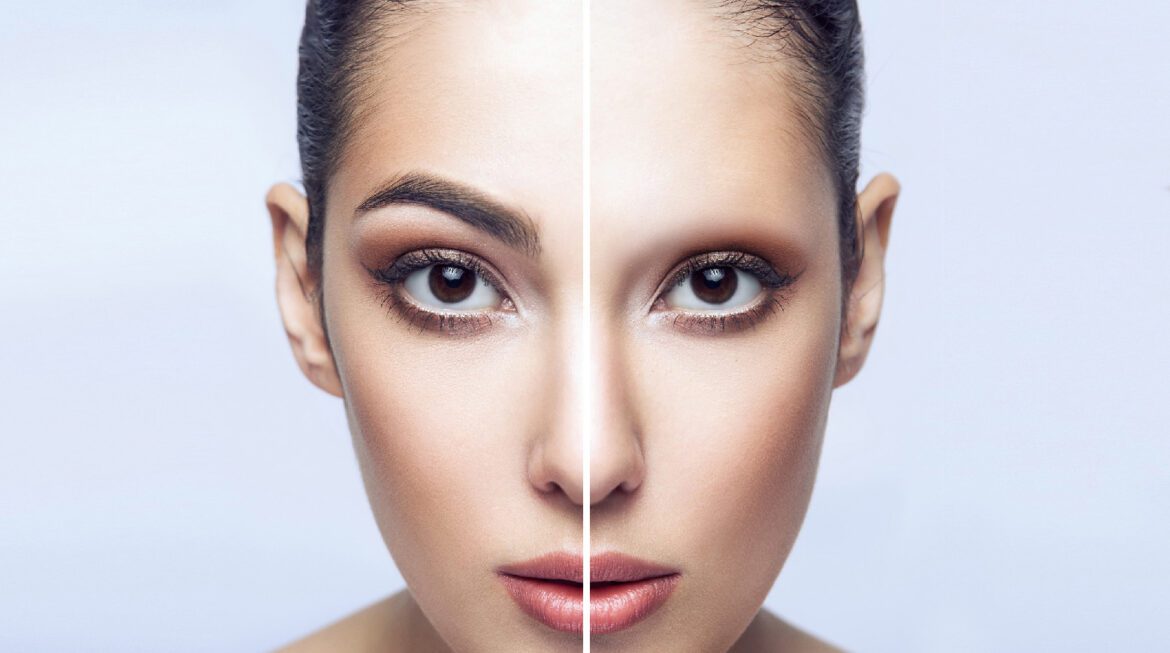There’s a lot of value placed on a woman’s hair. Hair care is a multibillion-dollar industry, with $13.44 billion in earnings estimated for the U.S. market alone in 2023.
Women are taught from a young age that our hair is an extension of who we are, a means of self-expression as much as it is a measure of our beauty and our worth. With all this emphasis on a woman’s hair, experiencing sudden and unexpected hair loss can be devastating.
This is especially true for women experiencing alopecia areata, an autoimmune condition that causes the body to attack its own hair follicles.
August is National Hair Loss Awareness Month. To help raise awareness and challenge the stigma around female hair loss, we spoke to Dr. Linda J. Banta, a board-certified dermatologist and expert in hair restoration at Stone Oak Dermatology in San Antonio, Texas, about alopecia areata and its impact on women.
Banta is an expert in the field of dermatology and specializes in scalp health and hair restoration.
As she explains: “Alopecia areata is an autoimmune disease that causes the body’s immune system to incorrectly identify the hair follicles as a threat. The immune system attacks the follicles, causing damaging inflammation that results in the round patches of hair loss.”
While most commonly seen on the scalp, alopecia areata can also affect facial hair, including eyebrows and eyelashes, as well as body hair on the arms, abdomen, and legs.
Some patients only experience minor hair loss limited to a specific area of the body, while more severe cases can result in total scalp hair loss, a condition called Alopecia totalis. In extreme cases, someone may experience the loss of all hair from head to toe, which is called Alopecia universalis.
One of the most famous and vocal advocates for alopecia awareness has been Jada Pinkett Smith, who revealed her diagnosis in 2018 after experiencing sudden, significant hair loss that led her to shave her head. On her show The Red Table Talk, Jada discussed the emotional and mental impact of losing her hair and addressed the controversies that arose around it.
Women experiencing hair loss drives the sale of wigs, hair extensions, hats, scarves, and other disguise pieces. However, these supposed aids can actually make the problem worse.
Wigs may suffocate the scalp, starving it of vital oxygen and stunting potential new growth. Likewise, tight braids used to install wigs or sew-in extensions create tension on the roots, which may lead to further hair loss.
It can feel like a losing battle. But, if you’re a woman dealing with alopecia areata, shaving your head isn’t your only option.
“Hair restoration is absolutely possible for women with alopecia areata,” Banta said, “In some cases, there are periods of natural hair regrowth once the inflammation caused by the disease calms down. We’ve also seen promising results with hair restoration treatments such as oral or topical medications, hair transplantation, and hormone therapy.”
If you are dealing with alopecia areata, your treatment options may depend on a variety of factors, such as:
- Current inflammation status
- Extent of hair loss
- Health of remaining active follicles
- Length of time since onset of symptoms
Medication
For some patients, hair may naturally regrow after shedding due to alopecia areata. If this is the case, you may be a viable candidate for medications that can help aid healthy regrowth. Typically, these medications are reserved for patients with minimal hair loss and can help prevent some future shedding.
Topical Treatments
For those with hair loss affecting 50% or more of the scalp, certain topical treatments may be available. This includes prescribed immunotherapy creams that help to divert the body’s immune system from attacking the follicles.
Steroid Injections
Some alopecia areata patients respond well to steroids, which can promote hair regrowth. However, these results may only be temporary, and hair can fall out again once treatment ceases.
Transplantation
Candidacy for hair transplantation in women with alopecia areata will have to be determined by the provider performing the procedure. Most hair transplant surgeons will not conduct the procedure if there is active inflammation or if the hair loss is significant.
“While hair transplants are an option in some cases, not all patients with alopecia areata will benefit from the procedure,” Banta said. “It doesn’t cure the disease, which means future flare-ups can cause transplanted hair to fall out as well.”
Growth Factor Therapy
Studies have found promising results for the use of a patient’s own harvested growth hormones to treat alopecia areata. Beyond the anti-inflammatory benefits, there has been some indication that these treatments can help slow the progression of the disease.
If you’re experiencing female pattern hair loss caused by alopecia areata, remember: Your value and worth isn’t tied to your hair. Whether you decide to shave it all off or look into hair restoration options, it’s your decision.
As Banta states: “Being able to take back control through hair restoration is incredible. That freedom of choice to decide whether you embrace your hair loss or fight back against it is empowering. I love being able to help women and men alike feel comfortable and confident in themselves again. It’s one of the best parts of what I do.”

